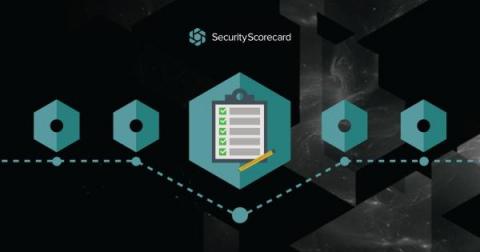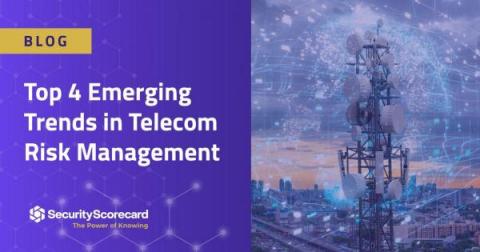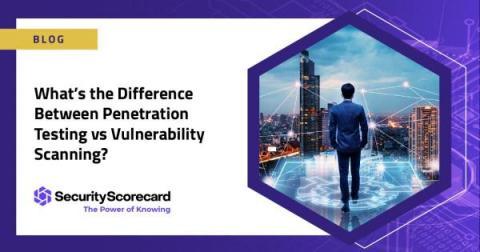New: SecurityScorecard Extension for Chrome
Here at SecurityScorecard, our mission is simple: To make the world a safer place. This mission necessitates that we embrace trust, transparency, and security. In furtherance of this mission, today we released our first-ever Chrome Extension. With the new SecurityScorecard Chrome Extension, you can automatically see the simple A-F security rating of the websites you visit, enabling you to evaluate the risk of the sites you visit before supplying your data to them.








